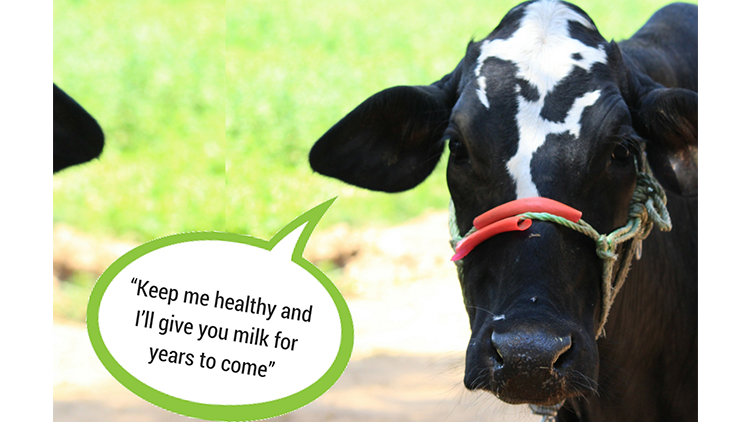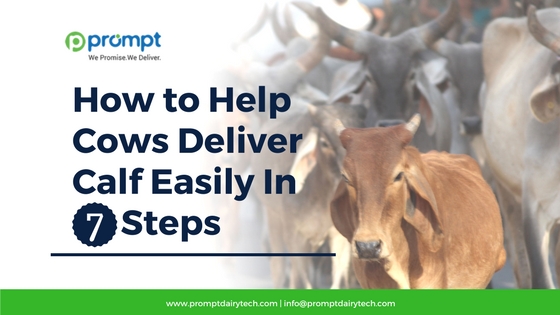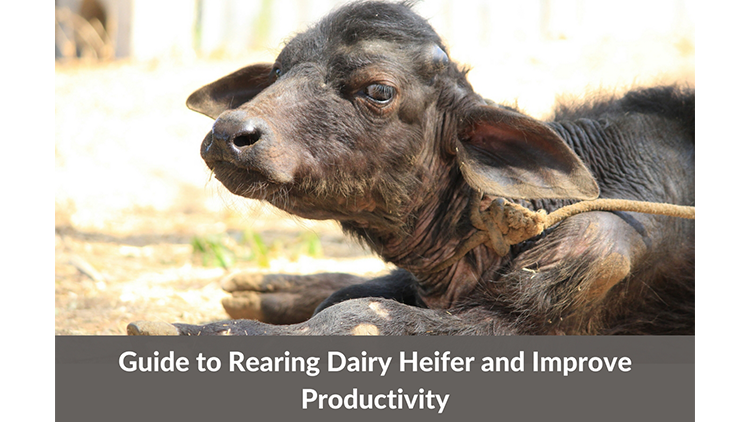Dry pregnant cows are one of the most neglected animals on the dairy farm. The dry period marks the onset of the next lactation cycle and hence, must be put to rest to optimize subsequent milk production. Managing of pregnant cows during the last trimester of gestation and new-born calf during the first 24 hours is essential as it significantly influences the health of the cow and calf in future. The mammary gland of a pregnant cow goes through three different stages during the dry period—active involution, steady-state involution, and colostrum involution. These are periods of transition where a pregnant cow goes from or to a state of milk synthesis and secretion, and also the time when they’re highly susceptible to inflammatory diseases. An appropriate dry cow management program must be planned that addresses issues like diseases management, vaccination, nutrition, udder health, and peripartum health. You can also implement an efficient dairy farm management software to monitor pregnant cows closely and exercise a ration balancing program for the same. Let’s walk through some of the safe practices that must be carried out before, during and after the dry period.
Before The Dry Period
- Heading toward and during the dry period, the milk yield of the cow must be decreased to increase the chances of successful dry off. It is attained by feeding more roughage and fibrous food containing hay, silage, etc. and reducing protein-rich feed.
- The cows should be milked as less often as twice a day before dry off and discontinued while nearing the calving date.
- The dry off treatment should be carried out safely in a hygienic environment following the last milking session by disinfecting the teats of the cow before and after the procedure.
During The Dry period
- Set up comfortable and warm bedding for pregnant cows to rest and minimize physical stress. Also, building a shelter with hygienic surrounding that keeps the harshness of changing seasons at bay is equally essential for the cows to be happy, maintain overall health, and prevent any uncalled-for infections or injuries.
- Feed the cows a well-balanced diet consisting of the equal amount of proteins, minerals & vitamins, and additional supplements to preserve a desirable body score and build a robust immune system. Give access to ample water sources to the cows to help them stay dehydrated and maintain required body temperature.
During and After Calving
- Udder Edema is prevalent in the periparturient period that occurs due to physiological and metabolic changes, age, gestation length, obesity, lack of physical movement before calving period, overfeeding of grains and sodium-rich food, restricted flow of blood and lymph, plunging blood proteins, etc. in the cow. The condition results in excessive pooling of fluid within the cellular spaces of memory gland causing discomfort to cows, the risk of udder and teat injuries, mastitis, and reduced milk production.
- During the edema, forages high in Magnesium, Zinc, and Vitamin E content must be regularly fed to the cows. Frequent hot compressions and massages help in removal of excess fluid by stimulating blood flow.
- The first milk of cows after calving, called Colostrum, must be ingested by the calf within six hours of its birth. Colostrum contains antibody or immunoglobulin concentrates that safeguard and immune the calf against diseases. However, there’re times when either the cow is too thin to give enough milk or the calf is stressed out due to the long delivery session to feed on the cow’s milk by itself. Hence, the cow’s colostrum must be stored and frozen for the calf to obtain essential nutrients from the milk when it’s stable and survive post-birth respiratory diseases and other likely infections.
Summary
If you find this information useful and wish to gain a deeper insight into animal husbandry or learn about dairy farm management software visit our website www.promptdairytech.com.



